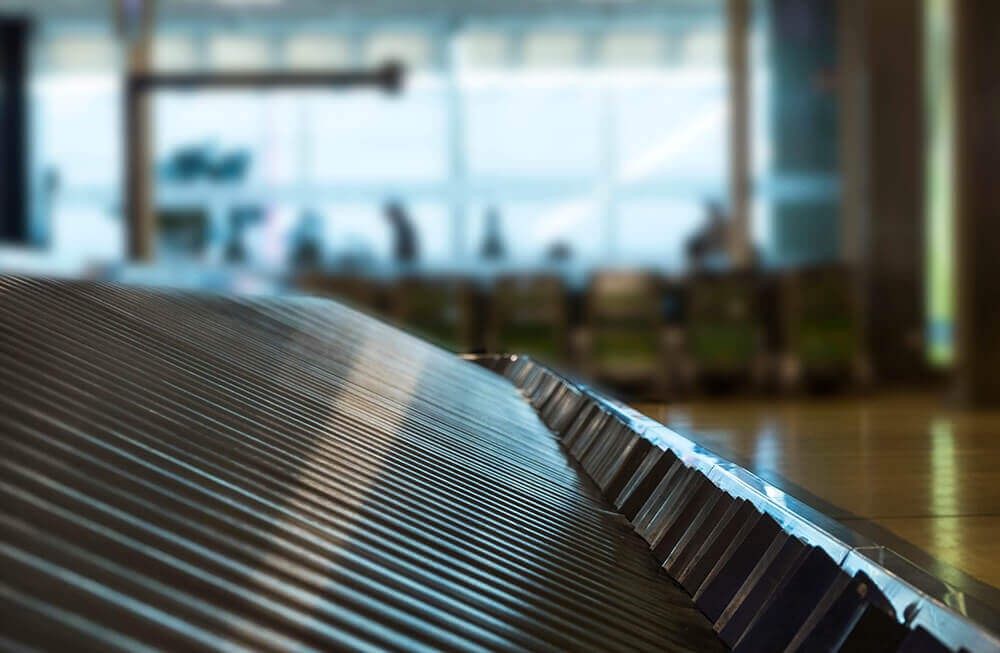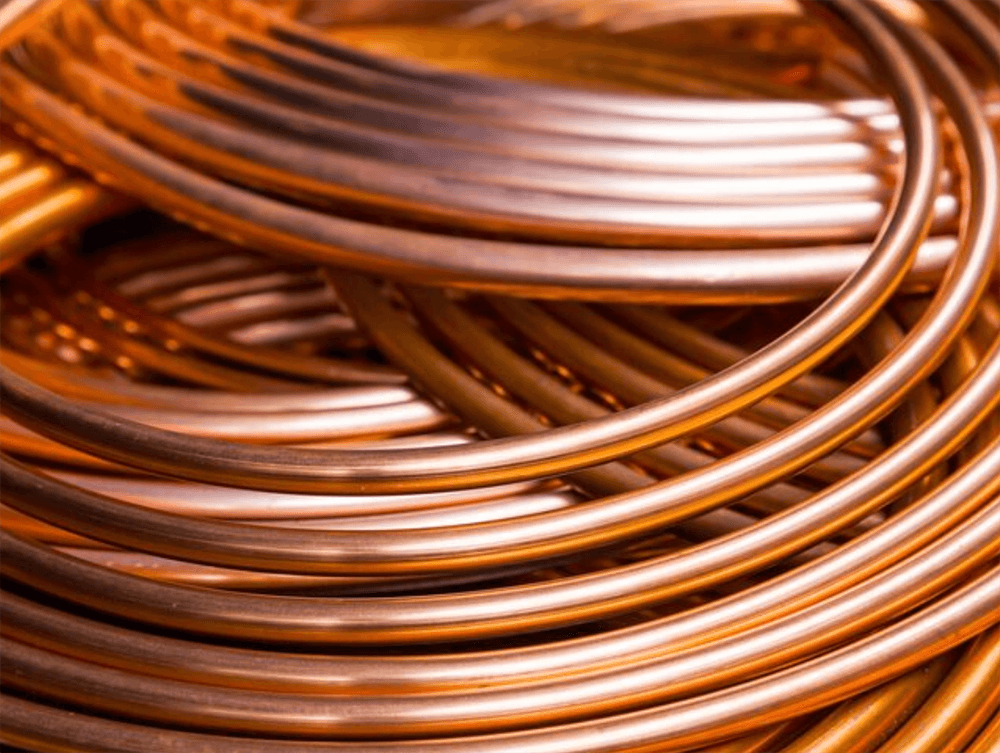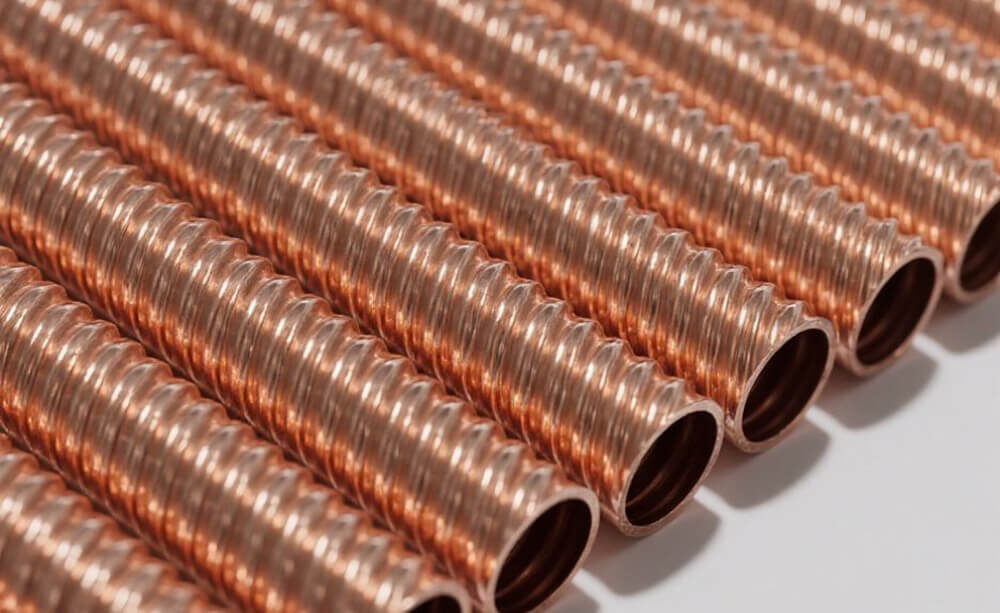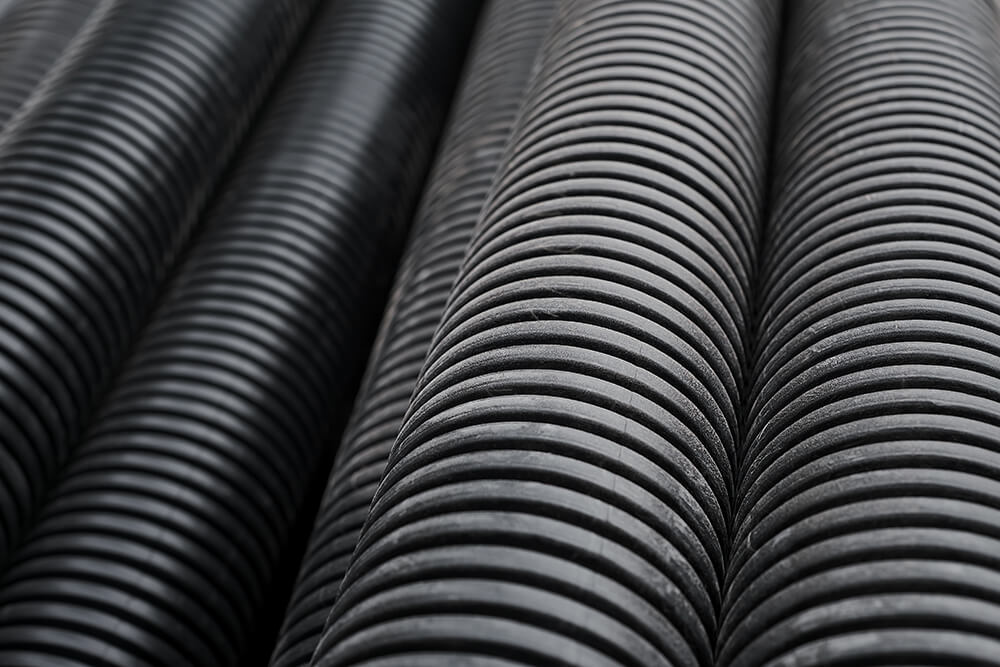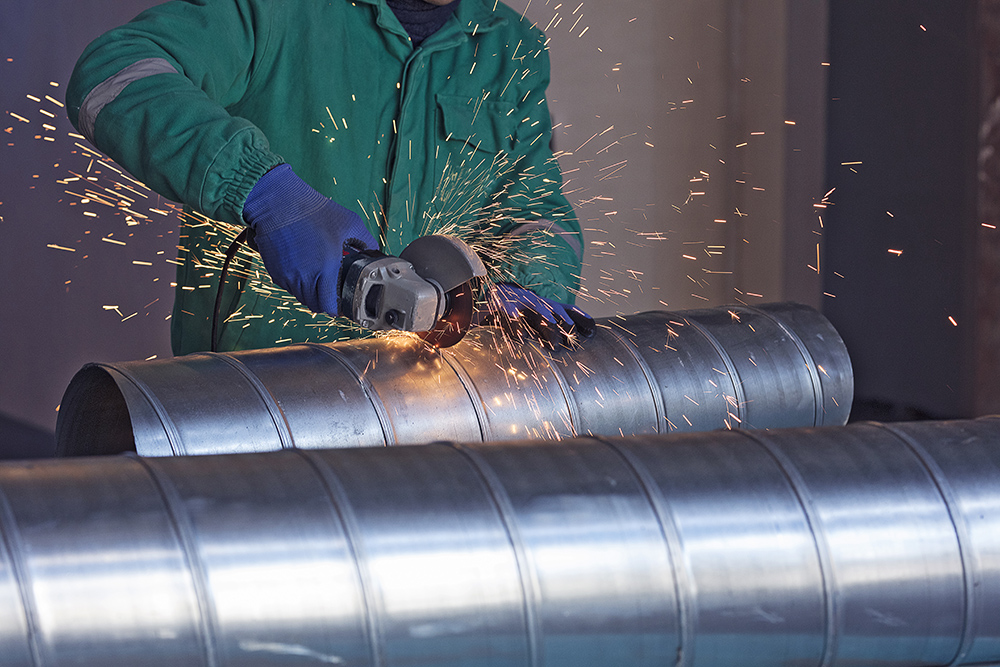When cleaning finned copper tubes, several key factors should be considered to ensure effective cleaning and preservation of the tube’s integrity. The cleaning process for finned copper tubes generally includes the following steps:
Preparation
Stop the machine and cut off the power: For the finned copper tube in the running equipment, stop the equipment running first and cut off the power to ensure the safety of the cleaning process.
Removal of parts: If the finned copper tube is installed inside the equipment, it is necessary to carefully remove the relevant parts according to the structure of the equipment, so that the finned copper tube can be fully exposed for cleaning. However, attention should be paid to marking so as to facilitate accurate resetting in the future.
Prepare tools and materials: Prepare suitable cleaning tools, such as soft brushes, spray guns, high-pressure water guns, etc., as well as cleaning fluids, commonly neutral cleaning agents, acidic cleaning agents (for cases with stubborn scale, etc.), alkaline cleaning agents, etc., and at the same time, prepare protective gears, such as gloves and goggles.
Preliminary cleaning
Remove surface dust: Use tools such as soft brushes or vacuum cleaners to first gently brush off or vacuum the dust and debris on the surface of the finned copper tubes to reduce the burden of subsequent cleaning. For some more difficult to clean dust, you can use compressed air to blow.
Cleaning of fins
Immersion cleaning: If the finned copper tube is more seriously contaminated, it can be immersed in a container with an appropriate amount of cleaning fluid. According to the type of dirt to choose the appropriate cleaning solution, such as more oil can choose alkaline cleaning agent, more scale can choose acidic cleaning agent, but pay attention to the control of the concentration of cleaning solution and immersion time, to avoid corrosion of the finned copper tube. The soaking time is generally about 15 – 30 minutes.
Spray cleaning: For some large finned copper tube equipment that can not be immersed, you can use spray cleaning. Configured cleaning solution through the spray gun or spray device evenly sprayed on the surface of the finned copper tube, so that the cleaning solution to fully contact the dirt, and then gently brush with a soft brush, so that the dirt loosened, fall off.
High-pressure water gun rinsing: Use high-pressure water gun to rinse the finned copper tube, and flush out the loosened dirt thoroughly. When flushing, pay attention to adjusting the pressure and angle of the water gun to avoid damage to the fins due to excessive pressure, generally the pressure is controlled at about 2 – 5MPa. Starting from one end of the fins, move the water gun slowly to ensure that each part can be flushed.
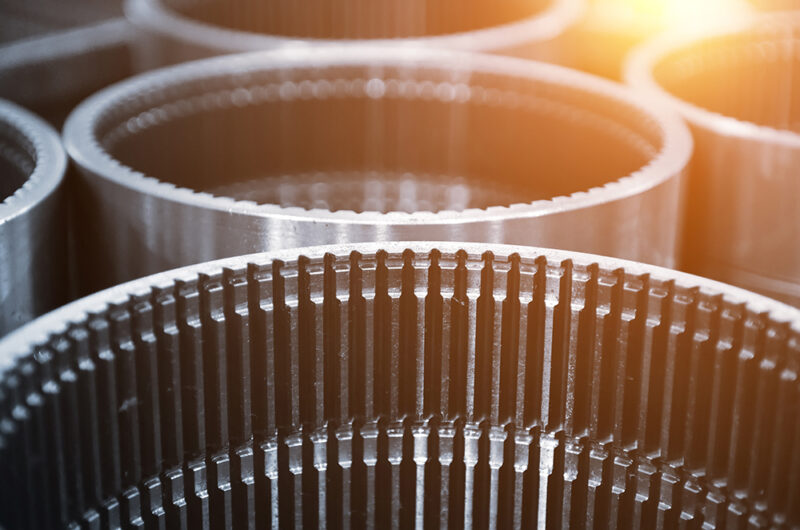
Cleaning the inside of copper tubes
Circulation flushing: For cleaning the inside of the copper tube, a circulation pump can be used to pump the cleaning solution into the inside of the copper tube, allowing the cleaning solution to circulate inside the copper tube to remove the dirt and impurities inside the tube. Circulation time depends on the degree of contamination of the copper pipe, generally 30 – 60 minutes.
Ball cleaning: If there are large particles of impurities or scaling inside the copper pipe is more serious, you can use the ball cleaning method. Place a rubber or plastic ball of appropriate diameter into one end of the copper pipe, and then push the ball to move inside the pipe through the pressure of compressed air or water to bring out the dirt.
Rinsing
Rinsing with clean water: Use clean water to rinse the finned copper tubes to rinse out any residual cleaning solution thoroughly. Whether it is the fin surface or the inside of the copper tube, make sure that it is rinsed clean to avoid corrosion or other adverse effects on the equipment caused by the residual cleaning solution. During the rinsing process, check whether the drainage is smooth, if there is a blockage, it should be cleaned up in time.
Drying
Natural drying: Place the cleaned finned copper tube in a well-ventilated place and let it dry naturally. Avoid direct sunlight to avoid oxidization or deformation of the finned surface.
Blow-drying: If you need to dry quickly, you can use a hair dryer or compressed air and other equipment to blow-dry the finned copper tube. Blow drying should pay attention to the temperature should not be too high, to avoid damage to the fins or copper tube, and at the same time to ensure that all parts can be blown dry, especially the fins of the gap and the copper tube inside, to prevent moisture residues lead to rust.
Select the appropriate cleaning agent
Select cleaning agent according to the type of dirt: different dirt requires different cleaning agents. Such as cleaning oil, give priority to alkaline cleaning agents, such as sodium carbonate, trisodium phosphate and other weak alkaline solution, can effectively remove oil and corrosion on the copper pipe is small. Scale cleaning can choose acidic cleaning agents, such as citric acid, acetic acid and other weak acid solution. To avoid the use of hydrochloric acid, sulfuric acid and other strong acids, because of its corrosive nature, easy to finned copper tube damage.
Concerned about the composition of the cleaning agent: carefully check the composition of the cleaning agent to avoid the use of chlorine, fluorine and other corrosive components of the cleaning agent on the copper. For example, certain chlorine-containing sanitizers should not be used to clean finned copper tubes.
The use of corrosion inhibitors: add the appropriate amount of corrosion inhibitors in the cleaning agent, can effectively inhibit the corrosion of the metal in the cleaning process. Such as urotropin, benzotriazole, etc., can form a protective film on the surface of copper, preventing the cleaning agent and copper chemical reaction.
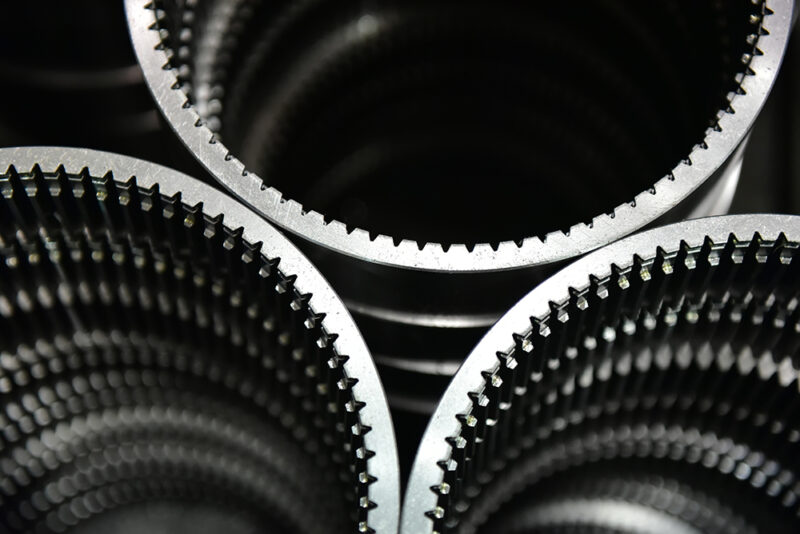
Control of cleaning parameters
Concentration control: strictly in accordance with the instructions for the use of cleaning agents to configure the appropriate concentration. Too high a concentration is easy to cause corrosion, too low is not good cleaning effect. Citric acid, for example, is generally configured as a 3% – 5% solution for cleaning finned copper tube scale.
Temperature control: cleaning temperature should not be too high, usually controlled at 40 ℃ – 60 ℃. Too high a temperature will accelerate the rate of chemical reaction, increasing the risk of corrosion. Such as the use of alkaline detergent cleaning oil, the temperature exceeds 60 ℃, may cause damage to the oxide film on the surface of the copper tube, which in turn leads to corrosion of the copper tube.
Time control: cleaning time should be reasonably adjusted according to the severity of the dirt, should not be too long. General immersion cleaning time in 15 – 30 minutes, spray cleaning and cyclic cleaning, should observe the removal of dirt, stop cleaning in time to avoid prolonged contact with the cleaning agent and corrosion of copper pipe.
Treatment after cleaning
Thorough rinsing: After cleaning, rinse the finned copper tube thoroughly with a large amount of water to ensure that the cleaning agent residue is completely removed. Multiple rinsing can be used to check the pH of the water after each rinsing until the rinsing water is neutral.
Drying treatment: After rinsing, dry the finned copper tube in time to prevent the water residue from rusting. It can be dried naturally or blown dry with clean compressed air, avoiding high-temperature drying to prevent oxidization of the surface of the copper tube.
Pre-cleaning inspection
Check the surface of the copper tube: Before cleaning, carefully check the surface of the finned copper tube to see if there are any damages, scratches or signs of corrosion. For the damaged parts, we should take corresponding protective measures, such as local repair or pay special attention to avoid these parts during cleaning to prevent the damage from expanding.
Avoid contact with different metals: During the cleaning process, avoid direct contact between the finned copper tube and other different metals to prevent galvanic corrosion. If it can not be avoided, insulating materials can be used for isolation.
Adopt suitable cleaning tools: Use soft brushes, nylon brushes and other soft tools for cleaning, avoid using wire brushes and other sharp, hard tools to scratch the surface of the copper tube, destroying the protective film on the surface of the copper tube, which will lead to corrosion.

